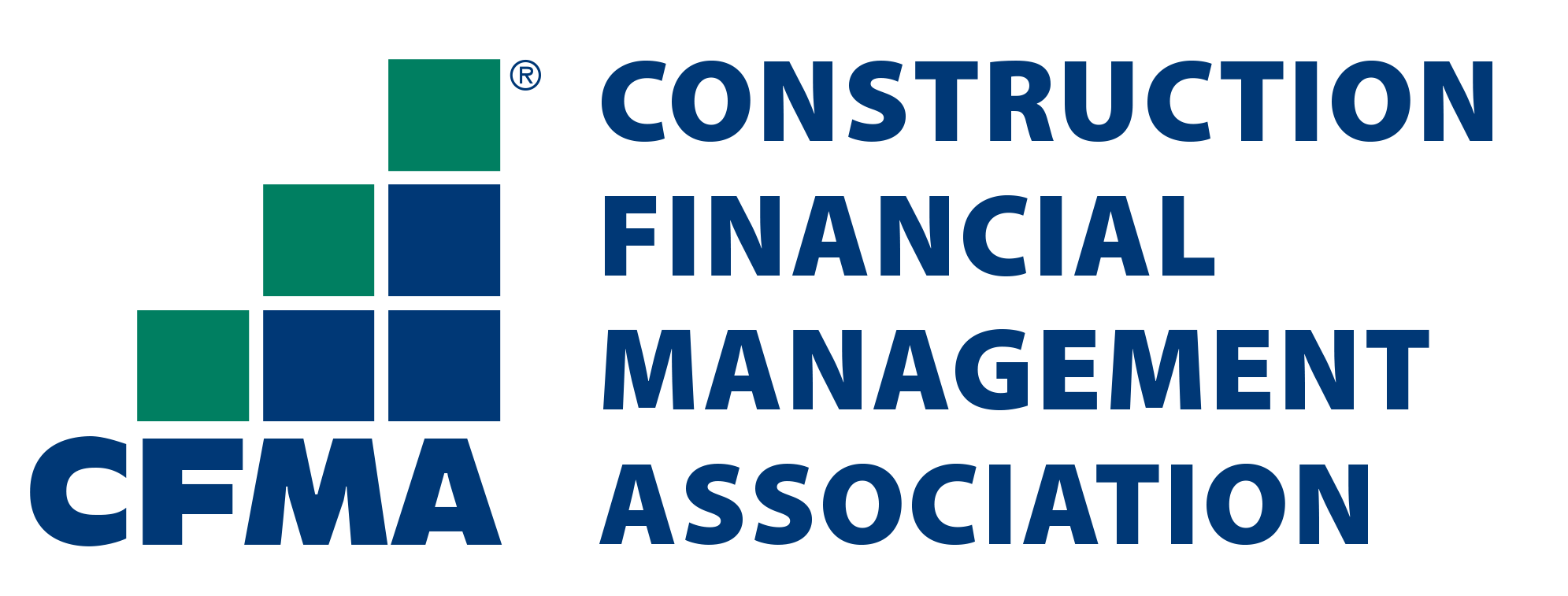
Accounting for Foreclosures: Recognizing and Reporting Foreclosed Properties and Related Financial Activities
- September 5, 2023
- OHI

Foreclosures, a term often associated with financial distress, are a significant aspect of the real estate and banking sectors. Properly accounting for and reporting these properties is crucial for transparency and accuracy in financial statements. This article delves deep into the intricacies of recognizing, reporting, and the financial activities related to foreclosed properties.
Understanding Foreclosures
Foreclosure is a legal process where a lender attempts to recover the balance of a loan from a borrower who has stopped making payments. This is done by forcing the sale of the asset used as the collateral for the loan. The foreclosure process begins when a borrower defaults on their loan, and the lender files a public default notice.
Types of Foreclosures
Different jurisdictions have various methods of foreclosure, depending on the terms of the mortgage and local regulations. Here’s a brief overview:
Contact us for a customized NO OBLIGATION proposal for outsourcing your accounting activities.









